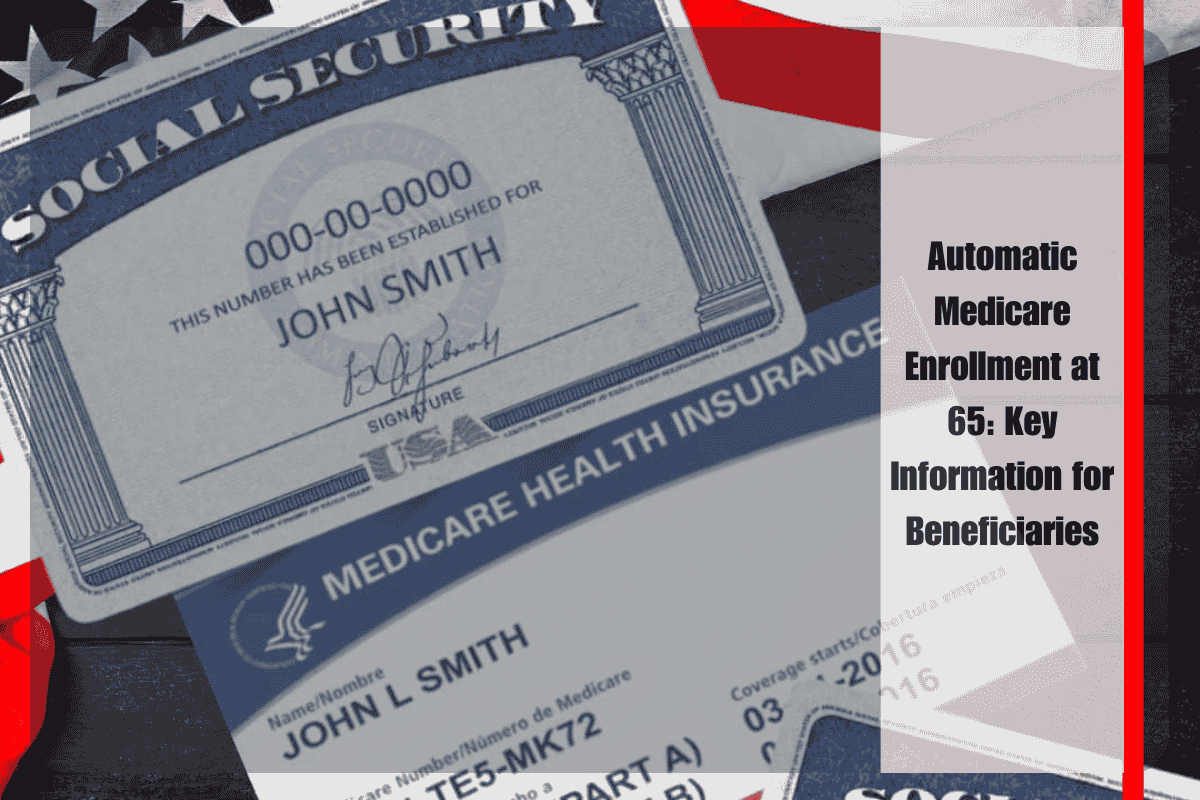When a person turns 65 years old and is already receiving Social Security benefits, an automatic process is triggered for Medicare enrollment. The Social Security Administration (SSA) electronically transfers the beneficiary’s data to the Centers for Medicare and Medicaid Services (CMS), ensuring a seamless transition into Medicare Parts A and B.
How the Process Works
Approximately 90 days before turning 65, beneficiaries will receive important documentation about Medicare enrollment. This package will include a Medicare card, which is easily recognizable due to its red, white, and blue color scheme. Along with the card, beneficiaries will be provided with information about the effective dates for Medicare Part A and Part B, as well as detailed instructions on how to decline Part B if they have other active health coverage.
Carefully reviewing this mailing is essential, as it outlines important choices that directly affect health coverage and monthly expenses. Making informed decisions is crucial to ensuring that beneficiaries have the right level of coverage.
Understanding Medicare Parts A and B
- Medicare Part A: This part focuses on hospital and institutional care, including:
- Hospital stays in general or specialty hospitals.
- Temporary stays in skilled nursing facilities for post-hospital rehabilitation.
- Hospice care for terminally ill individuals.
- Certain home health services prescribed by a physician.
For most beneficiaries who have worked for 40 quarters (equivalent to 10 years), Part A does not require a monthly premium. However, beneficiaries may still be responsible for copayments and deductibles based on the services they use.
- Medicare Part B: Part B covers outpatient medical services, including:
- Doctor visits and preventive services (such as mammograms or colonoscopies).
- Clinical laboratory tests and diagnostic imaging.
- Rehabilitation therapies, durable medical equipment, and specific vaccines.
Unlike Part A, Part B does require a monthly premium, which is typically deducted directly from Social Security benefits. The amount of the premium is determined by the beneficiary’s income.
How to Decline Medicare Part B Without Penalty
Beneficiaries who already have health coverage through an employer-based group plan, union insurance, or a spouse’s active coverage can choose to decline Part B temporarily. As long as the alternative coverage is deemed “creditable” by Medicare, beneficiaries can avoid the monthly premium for Part B.
However, if Part B is later applied for without having maintained creditable coverage, beneficiaries will face a permanent penalty. The penalty increases the base premium by 10% for each full 12-month period that the beneficiary went without creditable coverage after becoming eligible for Medicare.
Advantages of Automatic Enrollment
Automatic enrollment in Medicare at age 65 helps ensure continuity of care. This prevents gaps in coverage between private insurance and the start of Medicare, which is especially important for individuals with ongoing medical needs. Additionally, it prevents the application of late enrollment penalties for Part B, which would permanently increase the monthly premium.
Immediate enrollment also allows beneficiaries to explore other Medicare options, such as Medicare Advantage plans (Part C) and prescription drug plans (Part D), although these plans have their own specific enrollment periods.
The coordination between the Social Security Administration and CMS plays a vital role in simplifying the transition for beneficiaries as they turn 65. By ensuring automatic enrollment, the system provides a safety net for older adults, a group that frequently requires medical care. This process helps reduce bureaucratic hurdles and allows beneficiaries to focus on their healthcare needs without worrying about interruptions in coverage.












